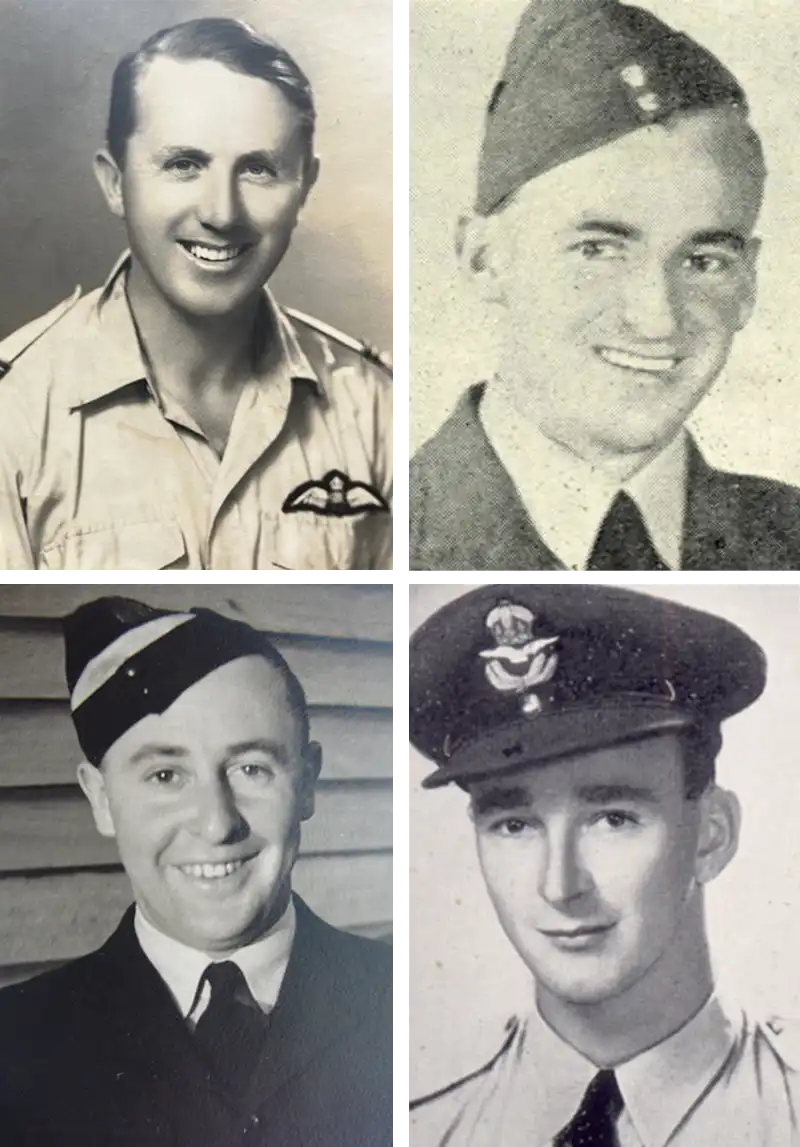
By DIVE Staff
The wreckage of a Royal Australian Air Force (RAAF) bomber, which was shot down during the Second World War with the loss of three crewmen, has been discovered 82 years later off the island of Antikythera, Greece.
Baltimore FW282 of the RAAF’s No 454 Squadron was returning from a mission over the Aegean Sea on 3 December 1943 when it was intercepted by German fighter aircraft.
The bomber sustained heavy damage during the encounter and was forced to ditch in the water. The pilot, Flight Lieutenant William Alroy Hugh Horsley of the RAAF was knocked unconscious as the aircraft crashed, and awoke to find his cockpit filling with water.
Flt Lt Horsley was able to swim to the surface where, realising that he was alone, struck out for the shore where he was arrested by German authorities. He would spend the rest of the war as a PoW in Germany.

The three other men, Navigator Flt Lt Leslie Norman Row of the British Royal Air Force; Pilot Officer Colin William Walker of the Australian RAAF and Warrant Officer John Garstide of the Royal New Zealand Air Force were listed as missing, presumed dead.
The wreck was discovered in 2024 at a depth of 61m by Greek tech divers from AegeanTec, who contacted the Australian History and Hertiage Unit, which positively identified the aircraft as RAAF Baltimore FW282.
Believing it to be a RAAF aircraft, AegeanTec contacted History and Heritage – Air Force (HUWC-AF), which assessed the discovery, and positively confirmed the wreck as RAAF Baltimore FW282.

‘The efforts of groups such as AegeanTec are critical for us in accounting for those 3143 Australian aviators with no known grave from the Second World War and the Korean conflict,’ said Australian Chief of Air Force, Air Marshal Stephen Chappell.
‘I am pleased, alongside my colleagues from the RAF and RNZAF, to this week to be able to announce the find and for us to acknowledge, collectively, the bravery of this combined crew of aviators from our three nations.
‘This aircraft discovery is significant and offers the chance to provide closure to families,’ he added.
RAF Chief of the Air Staff, Air Chief Marshal Sir Richard Knighton, said the discovery of RAAF Baltimore FW282 highlighted the longstanding relationship between the RAF and the Royal Australian and Royal New Zealand Air Forces.
‘It’s an honour to acknowledge the bravery of the multinational crew,’ said Air Chief Marshal Knighton. ‘This was a generation who embodied the importance of service and comradeship.
‘Their efforts were the base on which the RAF continues to maintain the security of the UK at home and abroad,’ added Knighton; ‘their sense of duty inspires future generations of all of our Air Forces.’
RNZAF Chief of Air Force, Air Vice-Marshal Darryn Webb, emphasised that New Zealand was very grateful to AegeanTec for the important discovery.
‘I hope it will bring some sense of closure for the families. The sacrifice of this brave crew has long been remembered, especially by their families, and we can now honour their final resting-place with the respect they deserve,’ Air Vice-Marshal Webb said.


